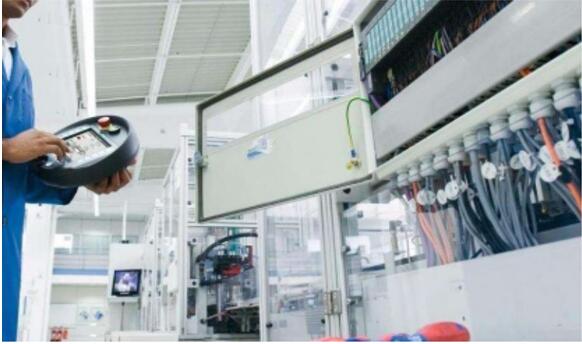In modern industrial production, accurate and efficient dimensional inspection is the core link to guarantee product quality. Telecentric Measurement System, as a kind of non-contact optical measurement equipment, has become an indispensable inspection tool in the fields of electronics, machinery, automobile and so on by virtue of its unique technical advantages.


One, Telecentric Measurement System Measurement Principle

The core of Telecentric Measurement System lies in the dual drive of “optical imaging + intelligent analysis”. The equipment captures the image of the measured object through a high-resolution industrial camera, combined with a telecentric lens or varifocal optical system to ensure that the image distortion rate is less than 0.01%. After the image signal is converted into digital matrix by special grating sensor, after the image acquisition, professional software compares the contour of the object with the digitized scale through the algorithms of edge detection, feature extraction, etc. Combined with the core algorithms of Hough transform, stereo matching, etc., the geometrical parameters, such as the length, angle, roundness, etc., are quickly calculated.
Two, Telecentric Measurement System Technical Advantages
1. non-contact real-time measurement: to avoid the traditional calipers, micrometers on the precision parts of the physical contact damage, especially for soft materials or easy to scratch the surface, simply placed in the measurement area to obtain the product size.
2. full dimension inspection: a single imaging can be completed length, angle, roundness, flatness and other multi-parameter analysis, improve the measurement efficiency.
3. automation integration: can be seamlessly connected with production line, real-time defect screening through AI vision algorithm, defect recognition rate of 99.9%.
4. data visualization: generate 3D contour map, trend report and other visual data, providing scientific basis for process optimization.
Third, the Telecentric Measurement System application limitations
1. Two-dimensional measurement limitations: the equipment is based on optical projection technology and is mainly suitable for flat size inspection. Although some models can be modified to realize simple three-dimensional measurement, the Z-axis accuracy and measuring range are still limited by the design of the optical system, and cannot replace the CMM to complete the complex three-dimensional workpiece inspection.

2. DUT size constraints: limited by the lens field of view and the size of the table, the maximum measuring range of the standard model is usually not more than 120mm, for large workpieces, you need to choose customized equipment or sub-area inspection, which may increase the cost and complexity of operation.

Fourth, Telecentric Measurement System application case show

Product recommendation
TECHNICAL SOLUTION
MORE+You may also be interested in the following information
FREE CONSULTING SERVICE
Let’s help you to find the right solution for your project!


 ASK POMEAS
ASK POMEAS  PRICE INQUIRY
PRICE INQUIRY  REQUEST DEMO/TEST
REQUEST DEMO/TEST  FREE TRIAL UNIT
FREE TRIAL UNIT  ACCURATE SELECTION
ACCURATE SELECTION  ADDRESS
ADDRESS Tel:+ 86-0769-2266 0867
Tel:+ 86-0769-2266 0867 Fax:+ 86-0769-2266 0867
Fax:+ 86-0769-2266 0867 E-mail:marketing@pomeas.com
E-mail:marketing@pomeas.com
